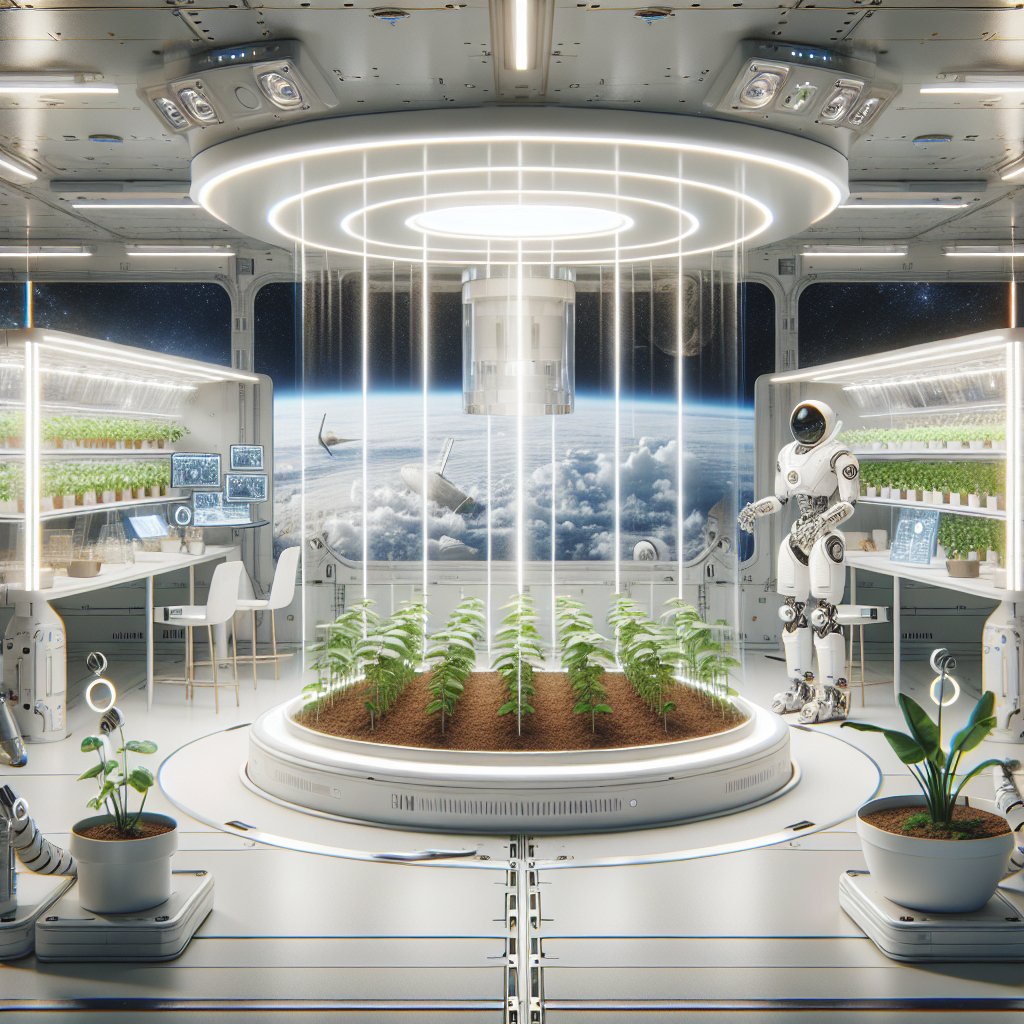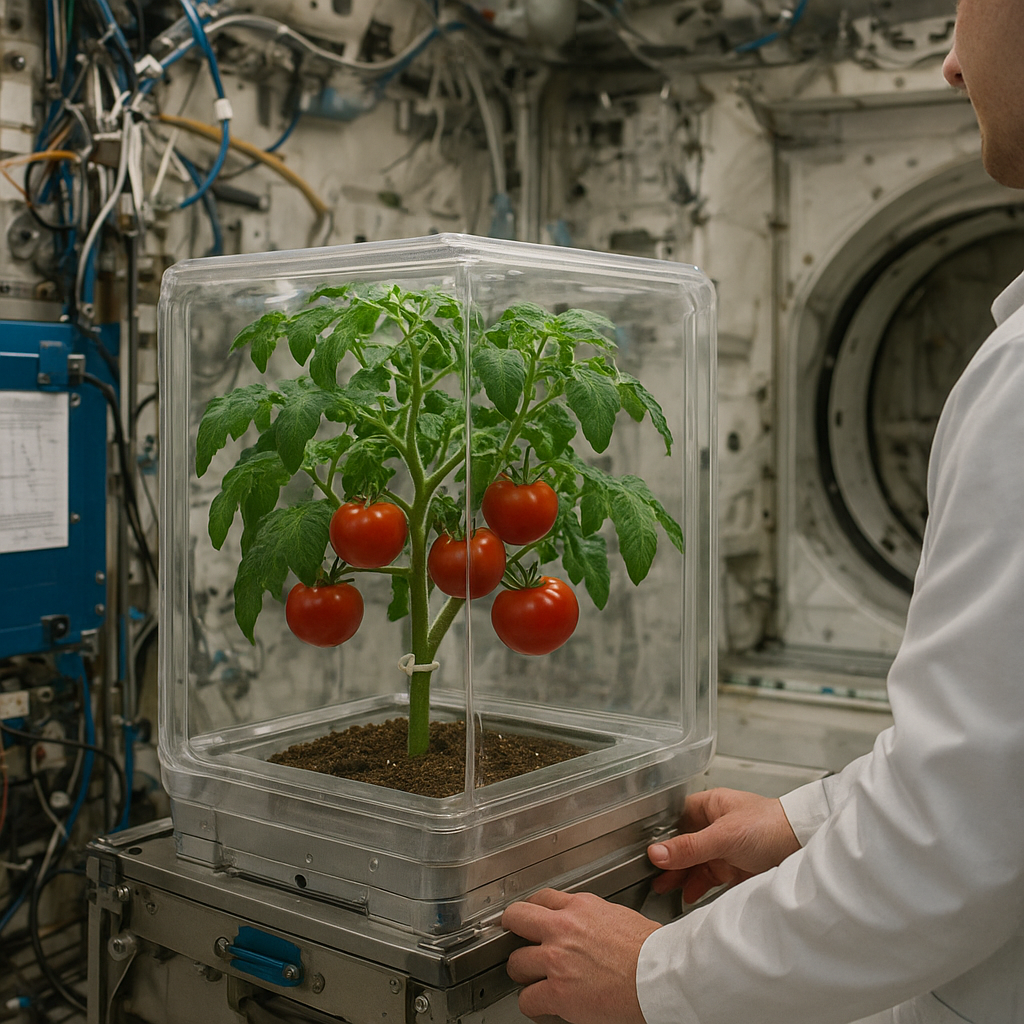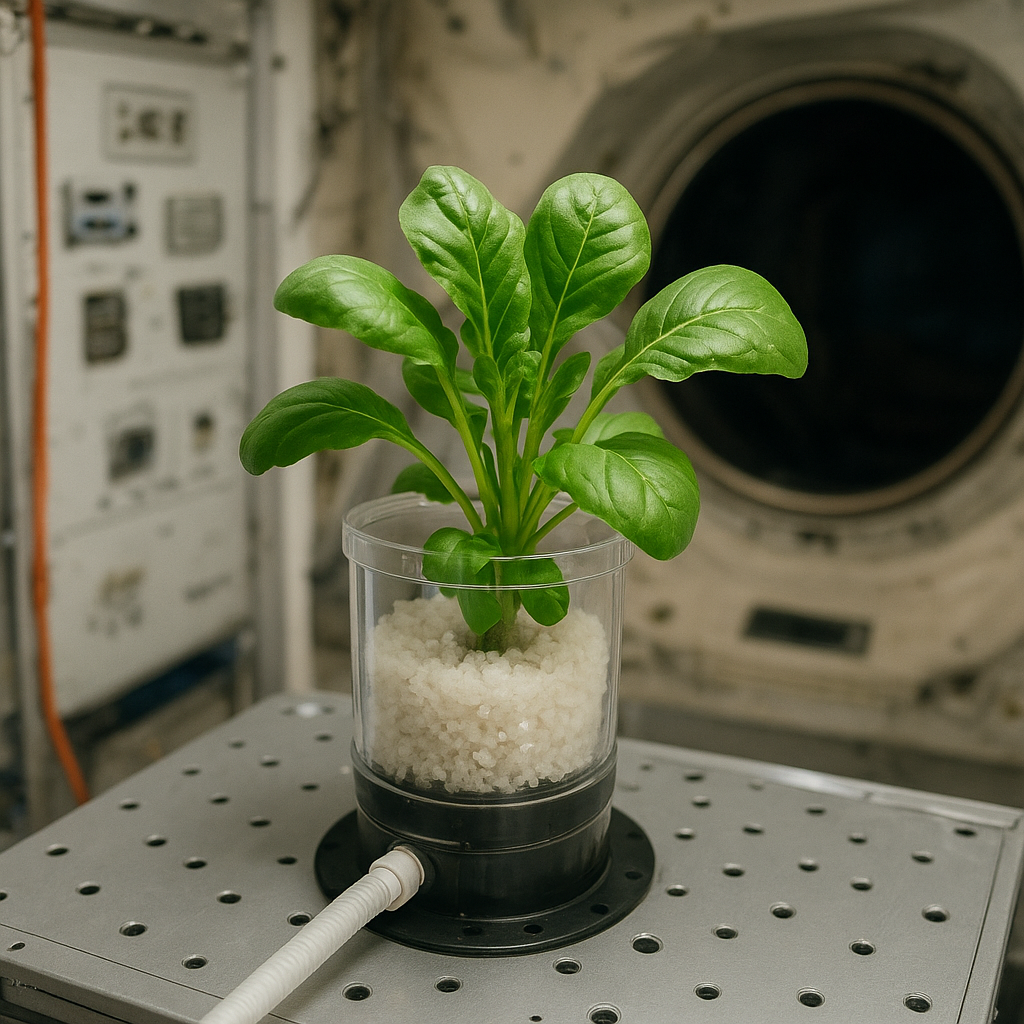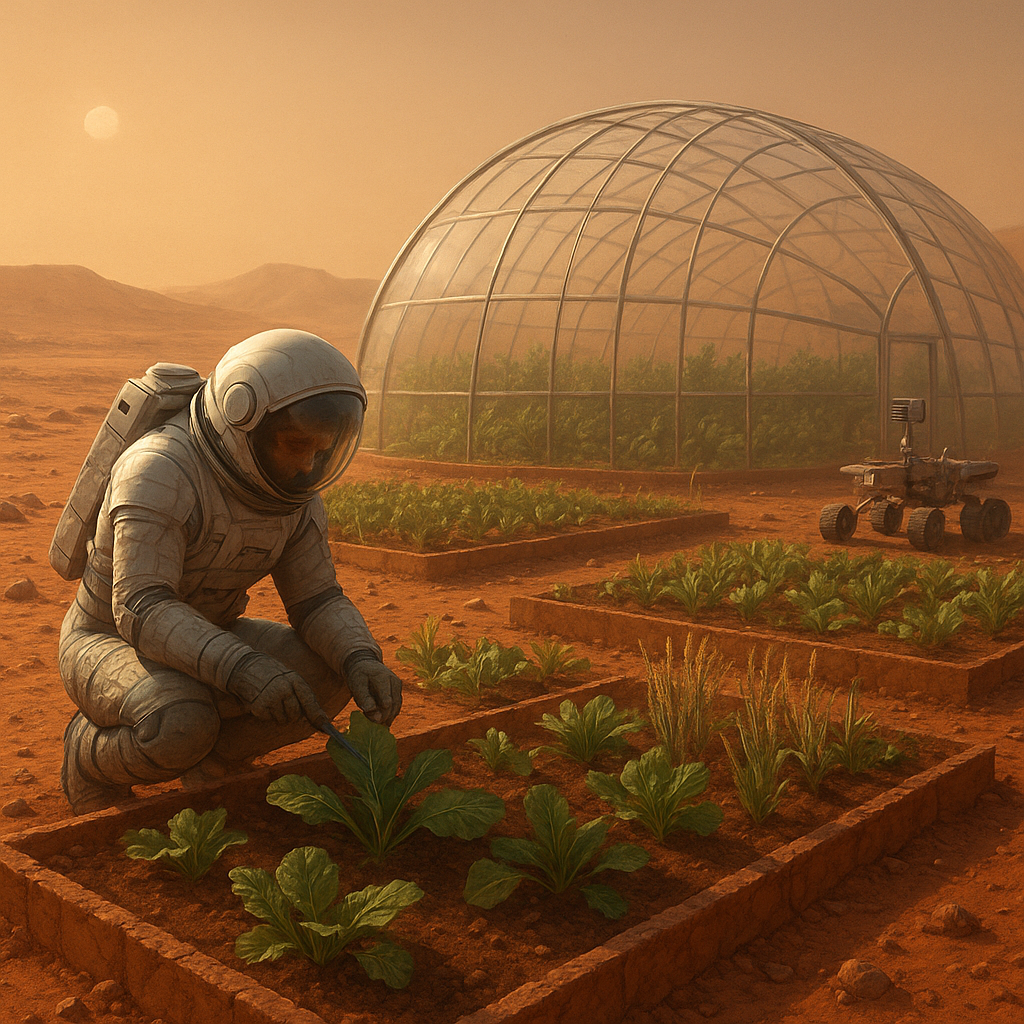The potential of combining AI and machine learning in space agriculture is a groundbreaking frontier that could redefine how we approach food production beyond Earth. As humanity sets its sights on long-term space exploration and colonization, the need for sustainable agricultural practices in extraterrestrial environments becomes increasingly critical. This article delves into the innovative applications of artificial intelligence and machine learning in space agriculture, exploring their implications for food security, resource management, and the future of human life in space.
Understanding Space Agriculture
Space agriculture refers to the cultivation of plants in extraterrestrial environments, such as the Moon or Mars, where traditional farming methods are not feasible. The challenges of space agriculture are numerous, including limited resources, harsh environmental conditions, and the need for efficient food production systems. To address these challenges, researchers and scientists are turning to advanced technologies, particularly AI and machine learning, to optimize agricultural practices in space.
The Importance of AI and Machine Learning
Artificial intelligence (AI) and machine learning (ML) are subsets of computer science that enable machines to learn from data and make decisions based on that information. In the context of space agriculture, these technologies can be employed to analyze vast amounts of data collected from various sources, including sensors, satellite imagery, and environmental monitoring systems. By leveraging AI and ML, researchers can develop predictive models that enhance crop yield, optimize resource usage, and improve overall agricultural efficiency.
Data Collection and Analysis
One of the primary applications of AI and machine learning in space agriculture is data collection and analysis. In a space environment, where conditions can change rapidly, real-time data is crucial for making informed decisions. Sensors can monitor factors such as temperature, humidity, soil composition, and light levels, providing valuable insights into plant health and growth conditions.
Machine learning algorithms can process this data to identify patterns and correlations that may not be immediately apparent to human researchers. For instance, by analyzing historical data on plant growth under various conditions, machine learning models can predict how specific crops will perform in different extraterrestrial environments. This predictive capability allows scientists to select the most suitable crops for cultivation in space, maximizing the chances of successful harvests.
Optimizing Resource Management
Resource management is a critical aspect of space agriculture, as resources such as water, nutrients, and energy are limited in extraterrestrial environments. AI and machine learning can play a pivotal role in optimizing the use of these resources, ensuring that they are utilized efficiently and sustainably.
Water Management
Water is one of the most precious resources in space agriculture. In environments like Mars, where liquid water is scarce, efficient water management is essential. AI-driven systems can monitor moisture levels in the soil and adjust irrigation schedules accordingly. By using machine learning algorithms, these systems can learn from past irrigation practices and optimize water usage based on real-time data, reducing waste and ensuring that plants receive the right amount of water for optimal growth.
Nutrient Optimization
In addition to water, plants require a variety of nutrients to thrive. AI can assist in determining the optimal nutrient mix for specific crops in space. By analyzing data on plant growth and nutrient uptake, machine learning models can recommend precise nutrient formulations tailored to the unique conditions of the space environment. This targeted approach not only enhances plant health but also minimizes the use of fertilizers, reducing the environmental impact of space agriculture.
Energy Efficiency
Energy is another critical resource in space agriculture, particularly for lighting and climate control systems. AI can optimize energy consumption by analyzing data on plant growth and environmental conditions. For example, machine learning algorithms can predict the optimal lighting conditions for different growth stages, allowing for energy-efficient lighting systems that adjust automatically based on the needs of the plants. This not only conserves energy but also promotes healthier plant growth.
Enhancing Crop Resilience
In the harsh conditions of space, crops must be resilient to survive and thrive. AI and machine learning can contribute to enhancing crop resilience through various means, including genetic optimization and stress response modeling.
Genetic Optimization
AI can assist in the genetic optimization of crops to make them more suitable for space environments. By analyzing genetic data and plant traits, machine learning algorithms can identify specific genes associated with resilience to stressors such as radiation, low gravity, and nutrient deficiencies. This information can guide breeding programs aimed at developing crop varieties that are better suited for cultivation in space.
Stress Response Modeling
Understanding how plants respond to stress is crucial for successful space agriculture. AI can model plant responses to various stressors, such as extreme temperatures or limited resources. By simulating different scenarios, researchers can identify strategies to mitigate stress effects and improve crop survival rates. This knowledge is invaluable for developing robust agricultural systems that can withstand the challenges of space environments.
Future Implications and Challenges
The integration of AI and machine learning in space agriculture holds immense potential for the future of food production beyond Earth. However, several challenges must be addressed to fully realize this potential.
Technological Limitations
While AI and machine learning technologies have advanced significantly, their application in space agriculture is still in its infancy. Developing robust systems that can operate in the unique conditions of space requires extensive research and testing. Additionally, the limited availability of data from extraterrestrial environments poses challenges for training machine learning models effectively.
Ethical Considerations
The use of AI in agriculture raises ethical considerations, particularly regarding the potential impact on traditional farming practices and food systems on Earth. As we explore the possibilities of space agriculture, it is essential to consider how these technologies may influence agricultural practices back home and ensure that they are used responsibly and sustainably.
Collaboration and Interdisciplinary Research
To overcome the challenges of integrating AI and machine learning into space agriculture, collaboration among various disciplines is crucial. Scientists, engineers, agronomists, and ethicists must work together to develop comprehensive solutions that address the complexities of food production in space. Interdisciplinary research will be key to advancing our understanding of space agriculture and harnessing the full potential of AI technologies.
Conclusion
The potential of combining AI and machine learning in space agriculture is vast and transformative. As humanity embarks on the journey of exploring and colonizing other planets, the need for sustainable and efficient agricultural practices becomes paramount. By leveraging advanced technologies, we can optimize resource management, enhance crop resilience, and ultimately ensure food security for future generations of space explorers. While challenges remain, the collaboration of diverse fields and the continued advancement of AI will pave the way for a new era of agriculture beyond Earth.




